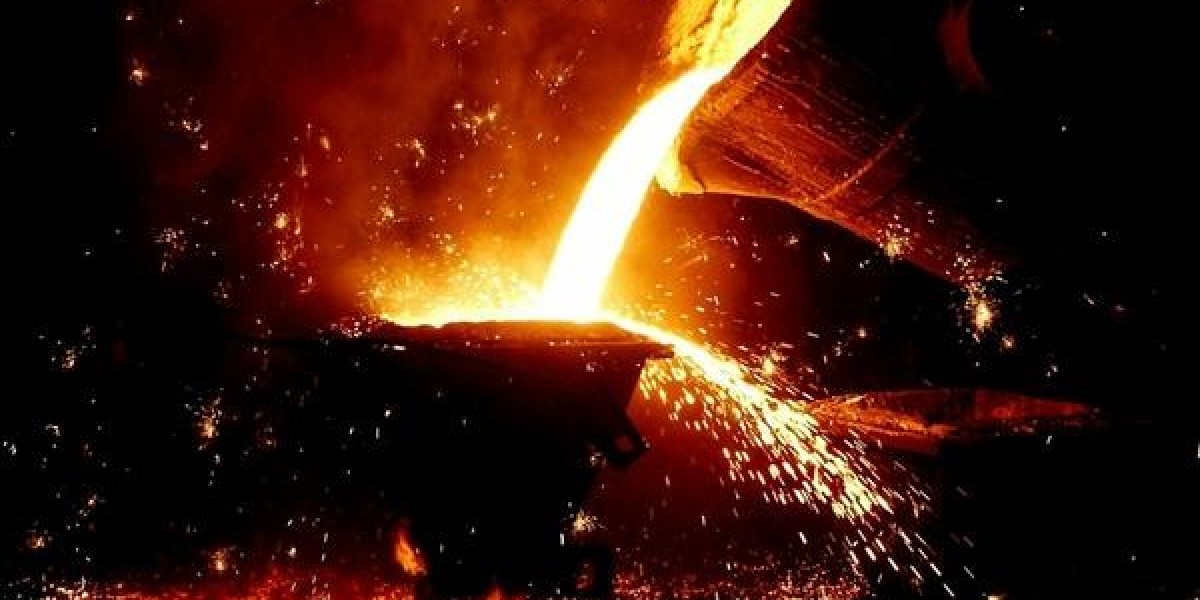White iron casting is a versatile and widely-used process in manufacturing industries, prized for its exceptional hardness, abrasion resistance, and durability. From industrial machinery components to automotive parts, white iron casting plays a crucial role in various applications. This guide aims to provide a comprehensive overview of the white iron casting process, including its principles, materials, techniques, and applications.
Understanding White Iron Casting: White iron casting is a specialized form of iron casting characterized by its high carbon content, typically ranging from 2.7% to 4.0%. This high carbon content promotes the formation of carbides, which impart exceptional hardness and wear resistance to the final product. Unlike gray iron, which has a graphite microstructure, white iron has a white, crystalline matrix, hence the name.
Materials Used: The primary material used in white iron casting is white cast iron, which is produced by alloying iron with elements such as chromium, molybdenum, nickel, and vanadium to enhance its properties. These alloying elements contribute to the formation of carbides, thereby improving hardness and wear resistance. Additionally, additives such as silicon, manganese, and sulfur may be incorporated to modify the casting characteristics.
The Casting Process: White iron casting involves several steps, starting with the preparation of a pattern or mold. The mold is typically made of sand or metal and is designed to replicate the desired shape of the final product. Molten white iron is then poured into the mold, where it solidifies to form the casting. After cooling, the casting is removed from the mold, cleaned, and subjected to various finishing processes such as machining, grinding, and heat treatment to achieve the desired dimensions and surface quality.
Techniques and Considerations: Several techniques are employed to optimize the white iron casting process and ensure the production of high-quality components. Proper gating and risering designs are crucial to facilitate the flow of molten metal and minimize defects such as porosity and shrinkage. Controlling the pouring temperature and rate is essential to prevent hot tearing and ensure uniform solidification. Additionally, careful selection of molding materials, sand properties, and core placement can influence the final quality of the casting.
Applications: White iron castings find wide-ranging applications across industries due to their exceptional hardness and wear resistance. Common applications include wear-resistant liners for mining equipment, grinding media for cement mills, pump components, crusher wear parts, and hydraulic cylinder components. The superior performance of white iron castings in abrasive and high-stress environments makes them indispensable in heavy-duty applications where durability and reliability are paramount.
Conclusion: White iron casting is a sophisticated manufacturing process that offers unparalleled hardness, abrasion resistance, and durability. By understanding the principles, materials, techniques, and applications of white iron casting, manufacturers can harness its full potential to produce high-quality components for various industrial sectors. With careful attention to detail and continuous improvement, white iron casting remains a cornerstone of modern engineering and manufacturing.








